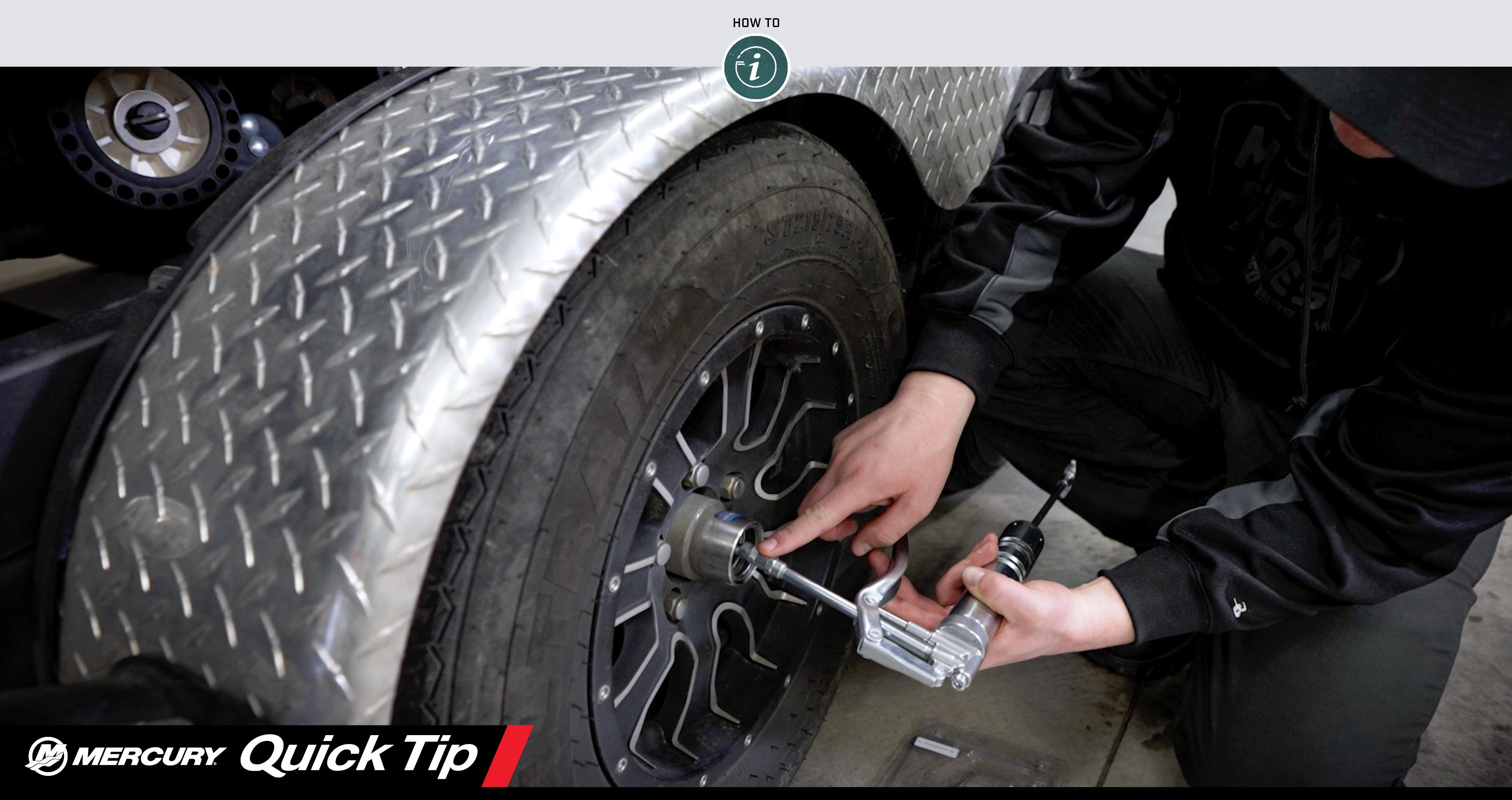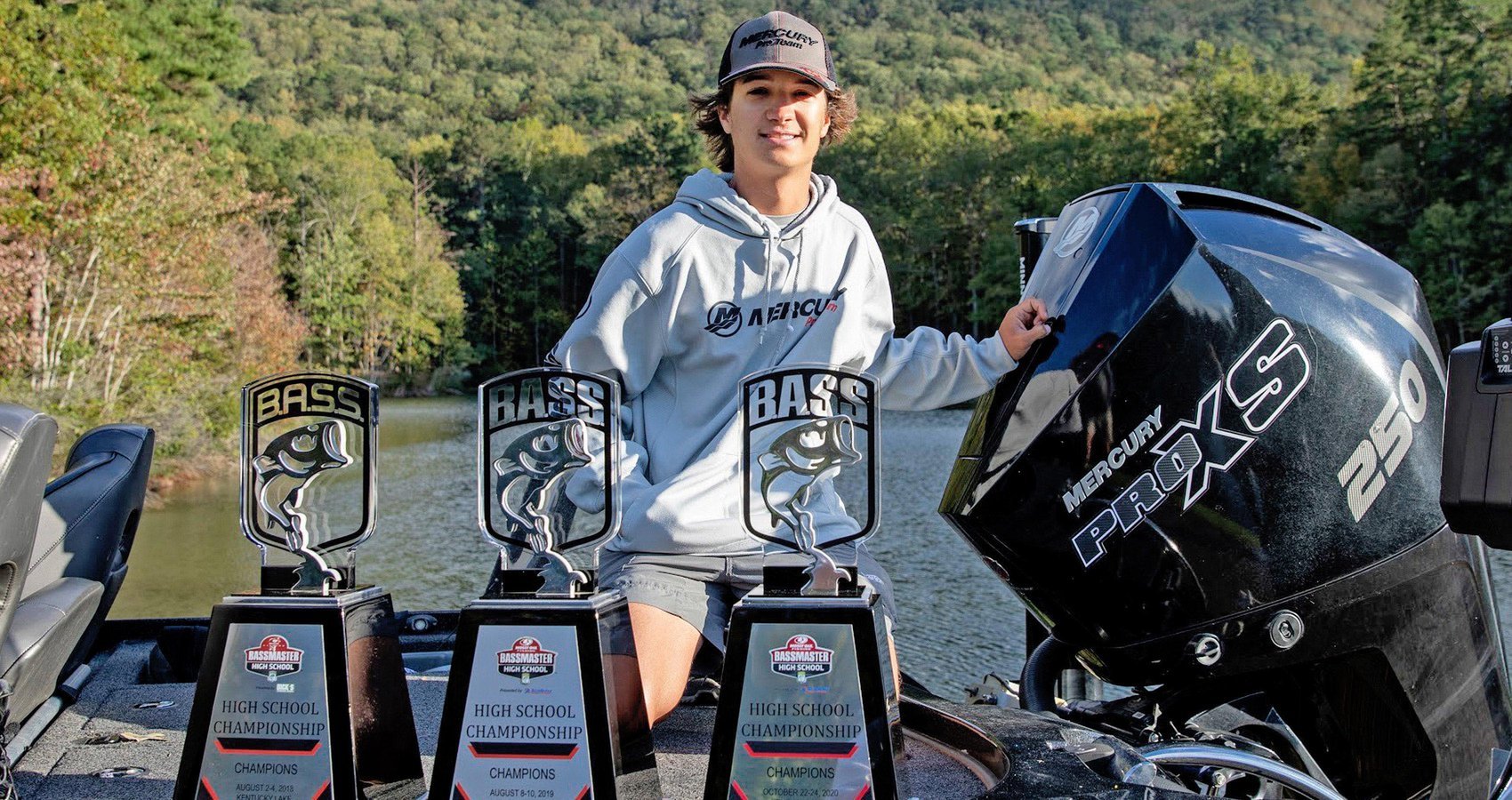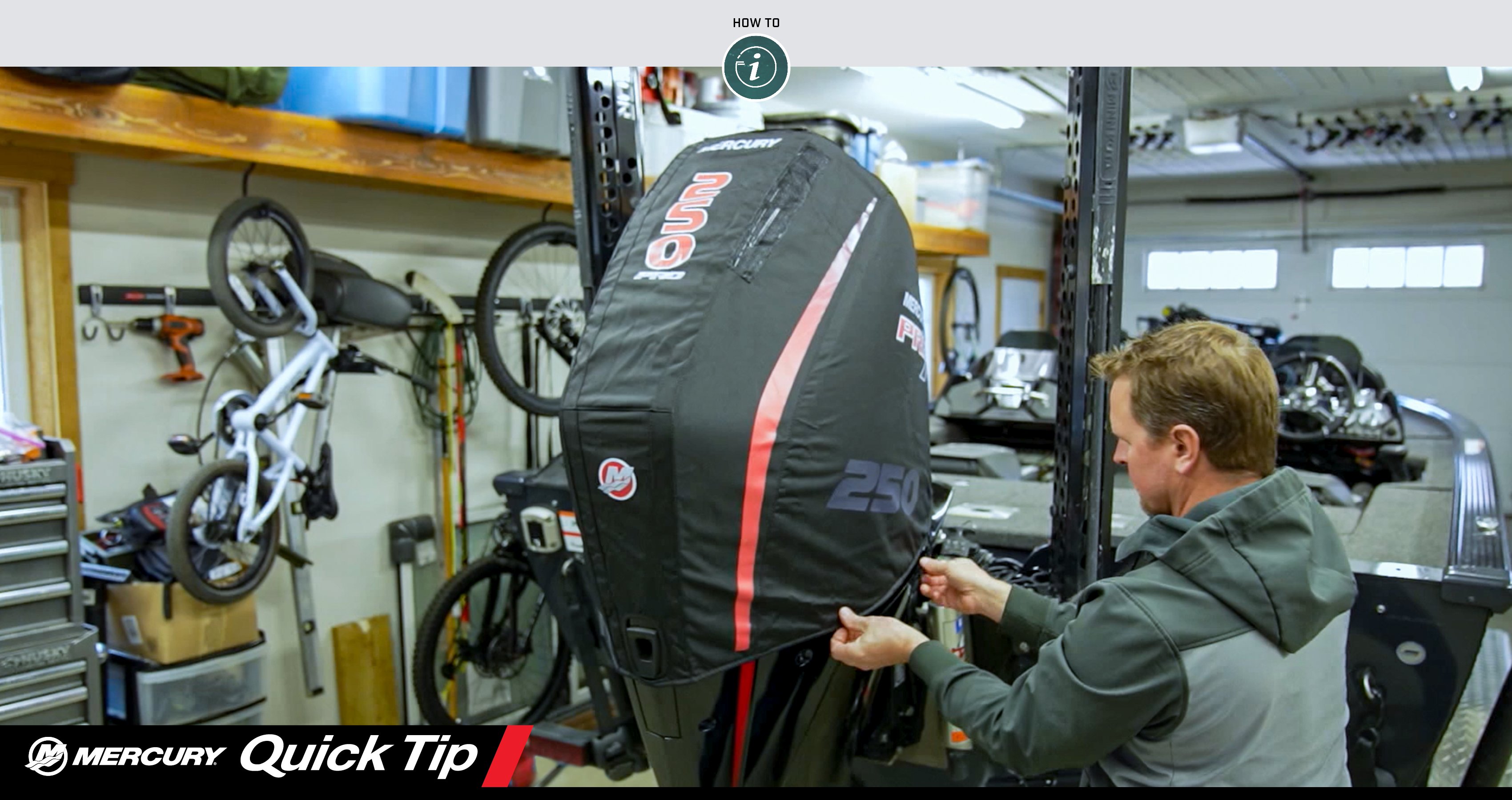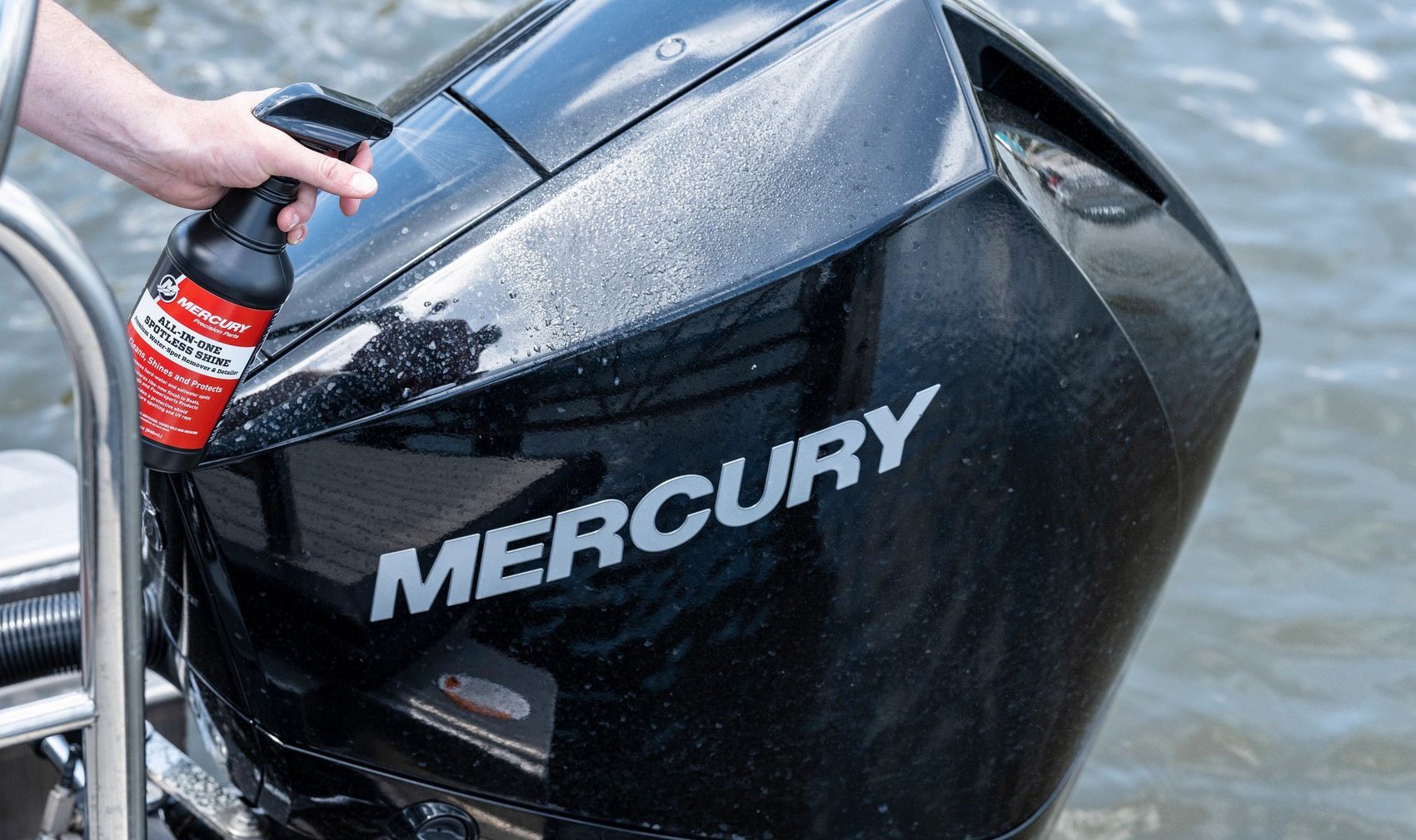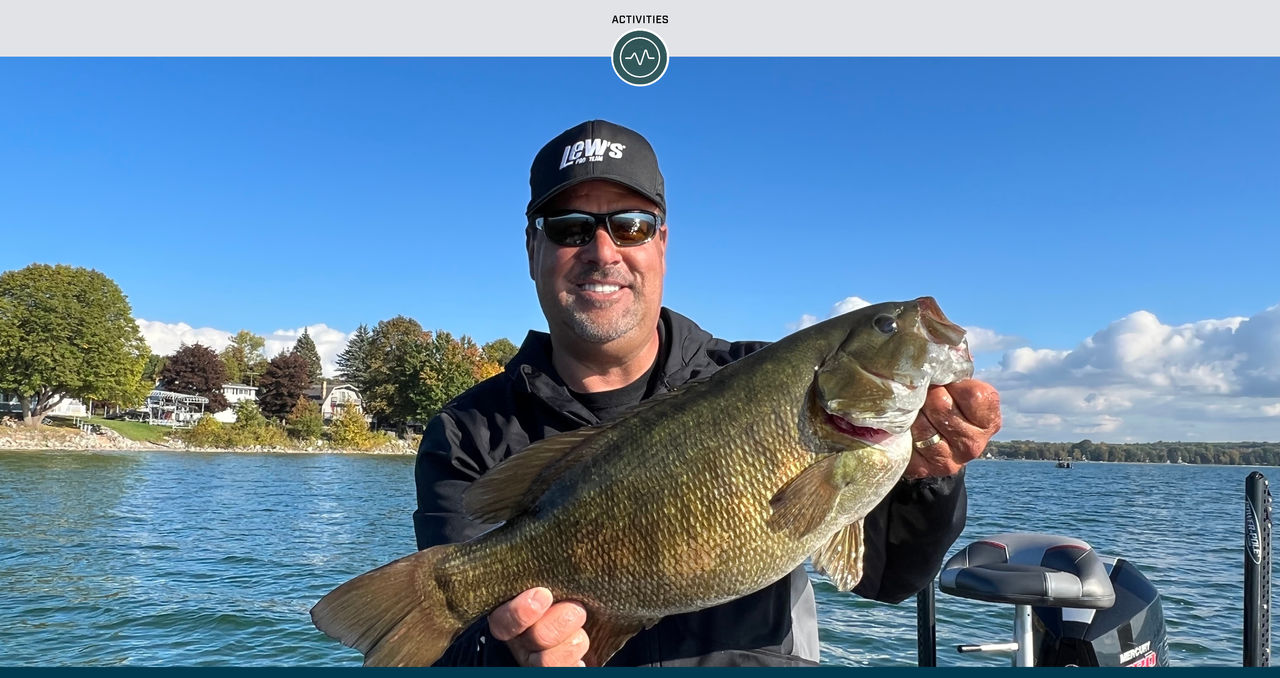Mercury Pro Team member Mark Zona once considered the 1,000-acre Michigan lake of his youth enormous. As soon as he was old enough to drive, expanding his range introduced him to truly giant waters around the Great Lakes region.
The funny thing is his principles for breaking down a body of water and locating smallmouth bass never changed. From Lake St. Clair, Erie and Ontario, to Torch Lake, Charlevoix and Mille Lacs, Zona follows a simple strategy to find smallmouth bass.
“Yes, these lakes are enormous, but the key for me is to take a very big body of water and make it small,” said Zona, host of “Zona’s Awesome Fishing Show” and Bassmaster Live. “Now that our advanced electronics have detailed mapping, the majority of my homework is done in my living room.
“When I’m not fishing or covering Bassmaster Live, I’ve spent hundreds of hours on Google Earth™. Then, the next step is to avoid Mother Nature. I make sure I go on the safest and best bets to hit a jackpot.”
Start Your Search on Flats
Zona said his main strategy for any big-water breakdown centers on flats. Broad, shallow areas where fish can feed, sun and spawn represent high-percentage zones that immediately reduce overall search time.
“You never want to just show up to a big lake unprepared without doing your study,” Zona said. “If you just show up and wing it, you look at the vastness and you’re like, ‘Where do I start?’
“There is so much prep you can do in your living room before traveling to a big lake – or fishing a big lake you may live on. You can do so much prep before you get to it and reduce your learning curve.”
Zona knows he could stumble across smallies just about anywhere, but he finds consistency in areas with an assortment of fish-holding features.
“The majority of the lakes I fish have several flats, so I try to pick out the ones with the most irregularities.” Zona said. “There are plenty of Northern flats that are just sand or just rock, and while the fish will still use those, I want one with a mix.
“The more irregularities you have on a giant flat, the more ‘stop signs’ you have to hold smallmouth. Don’t get me wrong, if I’m on Google Earth and I find a flat that has four boulders on it, those four boulders are going to have fish on them.”
While Zona may not start on that 4-boulder flat, he’ll mark it for a future look. Bottom line: Every flat has its unique complexion. He simply holds the highest confidence in those with the most options.
In addition to boulders, Zona likes finding patches of cabbage, rock veins and wave trenches. Formed through years of wind action, the latter offer highways for smallmouth bass traversing broad flats.
“The more diversity a flat has, the more bass will use it,” Zona added.
Drilling Down
In terms of a flat’s layout, Zona looks for the “in door” and the “out door” – the areas fish use to move on and off the flat.
“Every single flat will have a minimum of two turns where it turns to go out into the lake then it comes back toward shore and then turns again,” Zona said. “I like them to have very defined turns, rather than gradual turns.
“If a flat has well-defined deep-water turns, those are always the areas fish will retreat to when they don’t want to be up on a flat.”
Understanding these depth variances and, more importantly, how and where the fish can quickly access their preferred zone is one of Zona’s key criteria — particularly during summer’s extremes. Spring and fall might find fish feeding on a flat throughout the day, but the hotter months make those deeper areas absolutely essential.
“You have to ask where the fish go between feeds,” Zona said. “Are they there and they’re just not biting? No, they have routes where they can pop onto a flat to feed, and they have routes to places where they’ll refuge when they’re not feeding.
“I want to know where both of those are. I want to know where they aggressively feed, then I want to know where they retreat to. A bass does not swim to the other side of the lake. Every smallmouth relating to a flat has a safe place for after he feeds. A lot of times, it’s those areas of the turns.”
Search First, Fish Second
Again, Zona’s fondness for Google Earth keeps him glued to his iPad®, or he uses a digital contour map. However, the study does not end once he’s on the water.
“When I get to the flat, before I wet a line, all I do is idle,” Zona said. “For the majority of inland lakes I fish, the visibility is very good. I’d say 75% of the schools of bass I find on the flats, I find them with my eyes.
“Whether I see bass or the cover that I was looking for on Google Earth, that is all I do. Once I’ve done my homework, my second process is I idle.”
When he finds fish or cover, either visually or with his fish-finding electronics, Zona drops a waypoint. And he doesn’t stop searching after finding the first likely spot.
“Generally, I’ll give it a solid hour,” he said.
Meals Matter
Addressing the importance of forage, Zona said: “You have to have bait. A smallmouth is a pack hunter; he travels with his buddies. You can have the best cover on Earth, but if there’s nothing to put in his belly, he won’t be there.”
Marking schools of bait – perch, gobies, etc. – with his fish-finder definitely encourages Zona, but spotting bird activity tells him he’s around the groceries. From hovering gulls to surfacing loons, birds never get it wrong, so Zona’s constantly alert for these reliable references.
How to Catch Smallmouth Bass on Flats
Once he locates a promising flat, Zona keeps his lure selection pretty simple. He’ll crack a tube, twitch a jerkbait or walk a topwater. The topwater can be entertaining and informative.
“For being such a good killer, the smallmouth has terrible aim,” Zona noted. “But if I get one to show himself, I know where he is. They rarely travel alone, so that one blowup can lead you to several fish.”
Considering how much study and idling time Zona invests in locating the right flat, he’s not about to let haste squander his recon. Running and gunning has its place, but a flat is not it.
“The biggest key in this is patience,” Zona said. “Somewhere, there is a load of bass. It’s up to you to find their routes.”
To learn more about Mark Zona or “Zona’s Awesome Fishing Show,” visit MarkZona.com.
All trademarks are the property of their respective owner.
